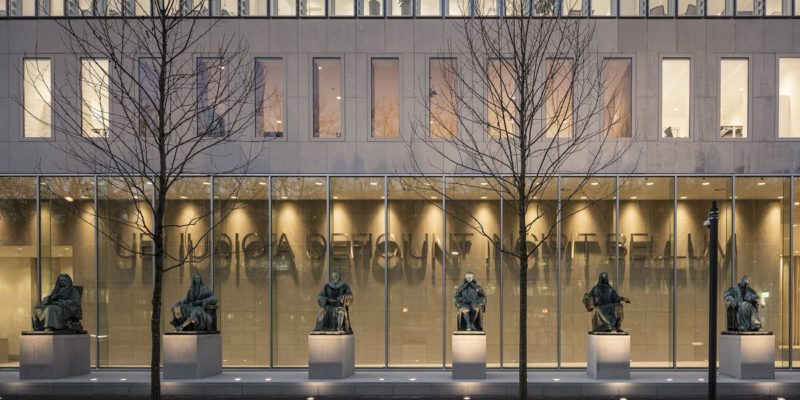In a contribution published in Berichten IE 2018/4, De Brauw lawyers Tobias Cohen Jehoram, Carlos van Staveren and Renate Keijser analyse all IP rulings handed down by the Dutch Supreme Court this century. The analysis helps IP specialists identify the right strategy in choosing and formulating grounds when appealing to the Supreme Court and how best to optimise the appellant’s chances of success.
The Supreme Court has two main tasks: safeguarding the correct application of the law and ensuring that lower courts follow procedural rules. In terms of the latter, the Supreme Court is reluctant to intervene in lower court decisions, given that it can only marginally check lower courts’ factual findings. The vast majority of appeals regarding these factual grounds – approximately 75% – are rejected (even with a generous reading of the contested decision). Counsel should therefore exercise restraint when filing for appeal on the grounds of faulty reasoning, and should preferably do so only in support of a claim for incorrect interpretation or application of the law. Experience demonstrates that this increases the chances of success.
Appeals on legal grounds generally have a higher success rate than those based on factual grounds: approximately 45% higher for trademark cases, 30% for copyright cases, and 15% for cases regarding patents or unlawful imitation/slavish copying.
While the possibility of succeeding is greater in these cases, there is a striking difference in success rate between copyright or trademark cases on the one hand, and patent cases on the other. These numbers are significant enough to rule out any coincidence; what, then, accounts for this? Perhaps the often highly technical (and factual) nature of patent disputes lead to only a marginal review. Particularly in these types of patent disputes – usually cross-border European cases with significant financial relevance – it would be useful if the Supreme Court clarified its approach to such matters, or adopted a leading role, like the German and UK courts have done.
The publication notes that the Supreme Court has been unafraid of “law-making”, and has opted to give extensively substantiated and groundbreaking answers to various fundamental legal questions. With some regularity, the Supreme Court also refers cases to the European Court of Justice for a preliminary ruling. Well-known examples of this are the GS Media/Sanoma (C-160/15), The Pirate Bay I (C-610/15) and Red Bull/The Bulldog (C-206/15) rulings and the pending Heks’nkaas case (C-310/17).
In terms of addressing specific IP law concepts, the authors analyse how the Supreme Court determines which elements are factual, and which are a matter of law. As indicated, this distinction, to a large extent, determines the likelihood of winning an appeal.
The full text of the article (in Dutch) can be found here and by clicking this link: De Hoge Raad in IE-zaken in de 21e eeuw.
_____________________________
To make sure you do not miss out on regular updates from the Kluwer Trademark Blog, please subscribe here.



